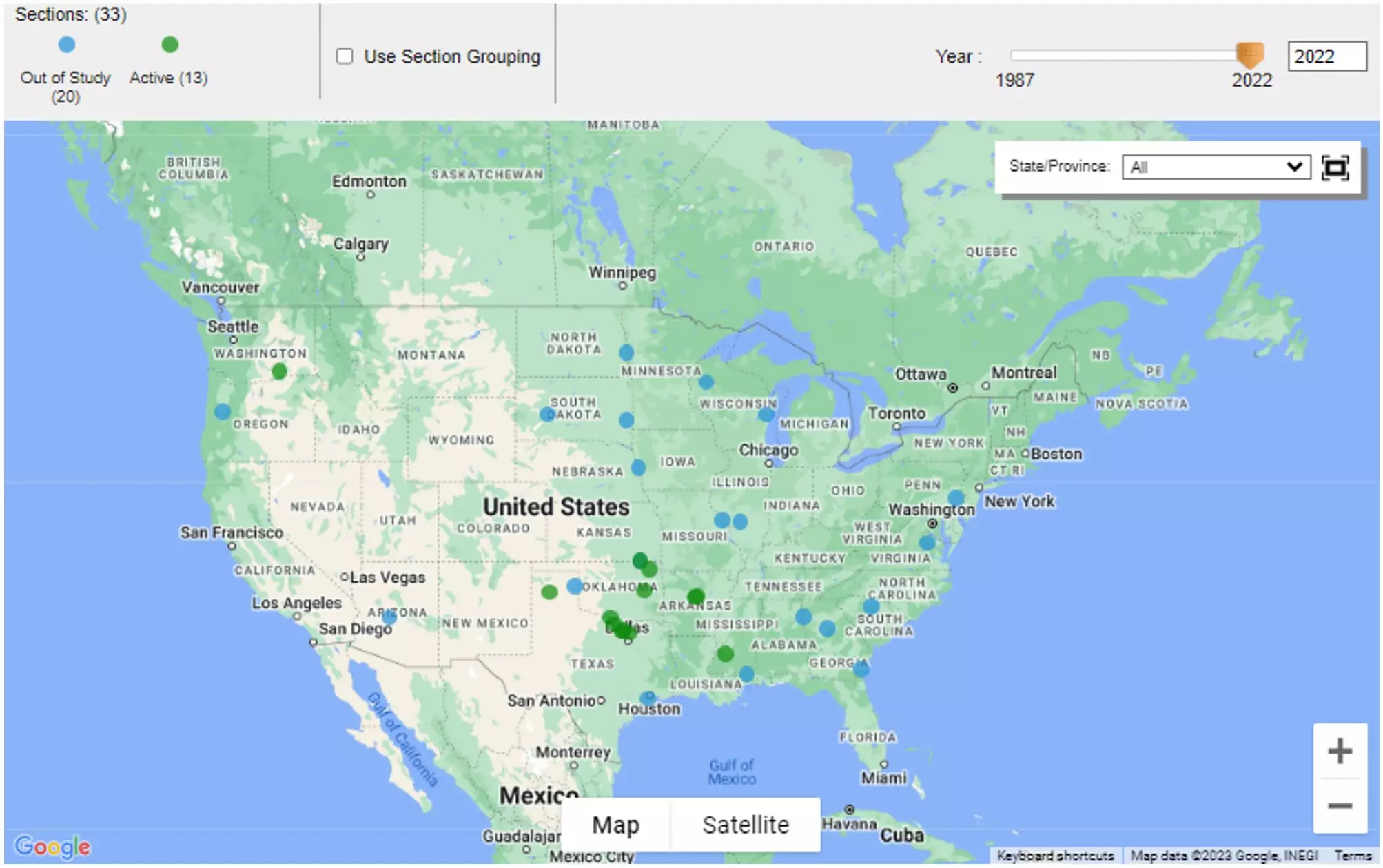Reinforced concrete is the backbone of modern construction, integral to structures ranging from large bridges to residential buildings. While it boasts impressive strength and durability, its susceptibility to various forms of deterioration, particularly cracking and spalling, raises significant concerns. Spalling refers to the flaking or cracking that occurs due to the corrosion of the steel reinforcement bars embedded within the concrete. As these steel reinforcements rust and expand, they exert pressure on the surrounding concrete, leading to cracks and eventual structural failure. This deterioration poses serious safety risks and necessitates timely intervention to maintain the integrity of crucial infrastructure.
Researchers from the University of Sharjah have taken a significant step towards addressing this issue by developing advanced machine learning models designed to predict when and why spalling occurs. Their findings, published in the journal *Scientific Reports*, represent a breakthrough in our understanding of reinforced concrete’s behavior over time in relation to various environmental and operational factors.
The researchers undertook a comprehensive investigation into the multifaceted elements that contribute to concrete spalling, considering essential factors such as the age of the structure, thickness of the concrete, environmental conditions including temperature and precipitation, and traffic loads. By integrating both statistical and machine learning methodologies, their study meticulously profiles a dataset that encapsulates these influential parameters.
One of the most compelling aspects of their research is the emphasis on Continuously Reinforced Concrete Pavement (CRCP). This particular type of pavement has gained popularity in recent years due to its lack of transverse joints, which typically require extensive maintenance. By evaluating the impact of critical factors like Annual Average Daily Traffic (AADT) on the lifespan and durability of CRCP, the researchers have illuminated pathways for enhancing the longevity of one of the most common forms of pavement used today.
Methodology and Findings
The methodology employed by the researchers is exhaustive and designed to ensure accuracy and robustness in their findings. Through regression analyses, they revealed significant correlations between various environmental factors and the deterioration of reinforced concrete. Key influencers identified included age, temperature fluctuations, total annual precipitation, and even the initial International Roughness Index (IRI), a measure of surface quality.
Utilizing advanced techniques such as Gaussian Process Regression and ensemble tree models, the researchers successfully harnessed the power of machine learning to analyze complex relationships within the dataset. Their results demonstrated that these models exhibited high predictive accuracy in forecasting when and why spalling is likely to occur, underscoring the potential of deep learning algorithms to aid in civil engineering.
However, it is important to note that the performance of these machine learning models depends heavily on the architecture and quality of the dataset utilized. Therefore, the researchers advised engineers to be judicious in their model selection, as different models can yield varying degrees of predictive accuracy depending on the specific context and data characteristics.
The insights generated from this research hold substantial practical value for engineers and practitioners in the field of civil engineering. By understanding the critical factors contributing to spalling, construction professionals can create maintenance strategies that incorporate these elements into their planning. The study emphasizes the importance of recognizing variables such as age, traffic loads, and pavement thickness in order to mitigate spalling risks effectively.
Dr. Ghazi Al-Khateeb, the lead investigator, has underscored the necessity for informed decision-making regarding maintenance and management of concrete structures. By integrating these predictive models into their practices, engineers can take a proactive stance on infrastructure maintenance, potentially extending the life of concrete pavements and minimizing the costs associated with repairs and replacements.
This pioneering research not only enhances our understanding of the factors influencing concrete spalling but also opens avenues for future investigations into developing more refined predictive methodologies. With increasing urbanization and the corresponding strain placed on infrastructure, the ability to predict and manage deterioration is crucial to ensuring safety and efficiency in construction practices.
As the field of machine learning continues to evolve, there exists a promising opportunity for ongoing collaboration between engineers and data scientists. Together, they can enhance predictive capabilities and develop innovative solutions tailored to the complex challenges presented by concrete deterioration.
This research signifies a crucial advancement in pavement engineering, promising improved durability for CRCP and paving the way for smarter, more resilient infrastructure management strategies that can withstand the test of time.


Leave a Reply